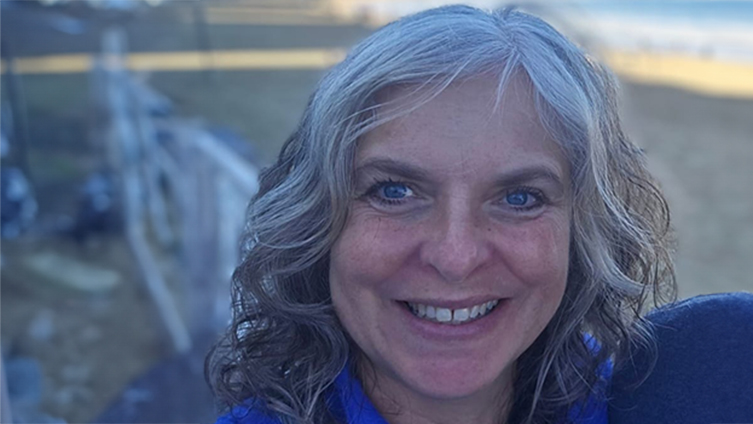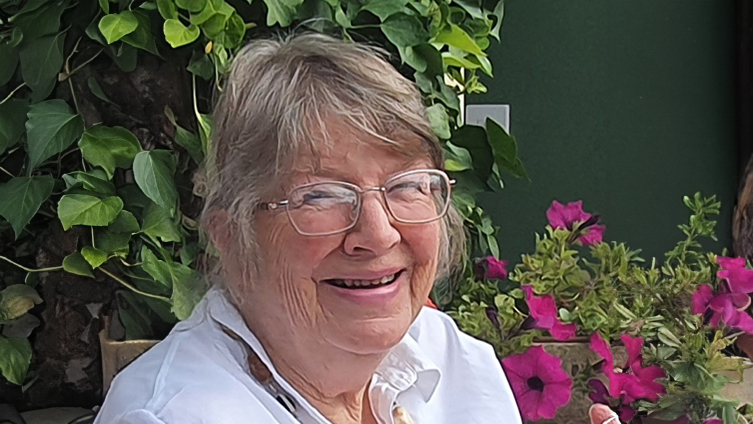
The Fiction team often discusses characterisation, dialogue and plot. But what’s the best way to write an individual scene?
Each scene contributes to a story’s big picture. That is, what a story is fundamentally about.
It’s therefore important for the writer to move the story on during individual scenes, keeping in mind the objectives you have outlined for your protagonist.
We’ve all read stories where we felt the plot drag, or the characters lose their way.
It’s easy for this to happen — especially in serials, if there are lots of characters or different storylines to juggle.
But if you keep focused on your protagonist’s goals, then the storytelling should move forward with each scene.
Character Friendly
Even if your protagonist isn’t directly involved in a scene, there’s no reason for the story to stall.
Are other characters helping or hindering the progression of the plot?
If not, you might have to cut that scene, or at least rewrite it so it gives a better balance.
Finally, the old adage of “Show, Don’t Tell” can aid you when writing individual scenes.
Two characters sitting in a café discussing something as simple as the weather might not sound so exciting or relevant.
But what if the weather had a direct effect on the characters achieving, or failing, in their goals?
For more writing advice, tips and tricks, click here.
For some story inspiration, why not check out Fiction Ed Shirley’s weekly Story Starters?




